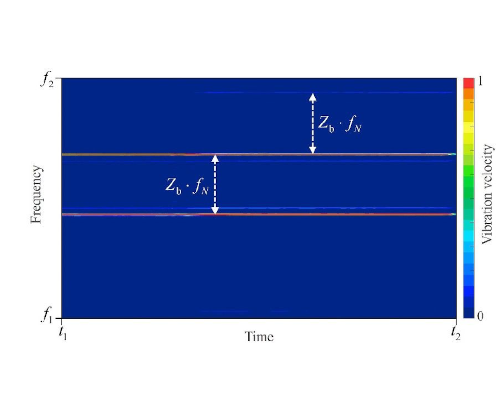New paper on resonance in pump-turbine runners
Sep 17, 2025
The paper has been published in Mechanical Systems and Signal Processing (MSSP)
Resonance observation of pump-turbine runners from the stationary frame: analytical-numerical model for the natural mode splitting of submerged rotating disc-blades-disc structures, a paper by CDIF PhD student Xia Xiang and Prof. Alexandre Presas, has been published in Mechanical Systems and Signal Processing (MSSP), a leading journal in mechanical engineering.
Through analysis and integration into a combined CFD-FEM model, the authors explain how to recognise resonances in pump-turbines, a dangerous phenomenon that can compromise the safety of the power station.
The paper focuses on the analytical description of the complex mode splitting occurring when submerged structure rotates. Its results are contrasted with recent reports and unpublished cases of resonances in these units. This paper can be useful to operators and manufacturers for clarifying the root causes of dangerous vibrations in pumped storage plants.
The paper is available with open access here.
Abstract
With the growing adoption of renewable energy sources such as wind and solar power, pumped storage technology is flourishing in several developing countries. Based on the widespread vibration issues faced by pumped storage units, particularly in their runners and top covers, this paper aims to investigate the natural mode splitting of complex rotating structures and the observation of this phenomenon from the stationary reference frame.
The finite element method (FEM) is employed to analyze the characteristics of the diametrical mode shape of a disc-blades-disc (DBD) structure, which is representative of pumped turbine runners. An analytical approach is utilized to investigate the formation mechanism of these diametrical components, thereby predicting the rules governing the mode shape splitting of underwater rotating structures. The imposed modal motion method, based on computational fluid dynamics (CFD), is used to predict the natural frequency splitting and hydraulic damping splitting of the DBD structure. Building on these studies, a combined approach of analytical methods, CFD, and FEM is employed to predict the resonance characteristics of the rotating structure on the stationary reference frame, as well as the resulting pressure pulsations and the vibrations of the stationary casing.
Results reveal that the relationship between the diametrical components of the natural modes of the DBD structure is strictly related to the number of blades. When the structure rotates in water, its diametrical modes split into two independent travelling wave modes, each containing multiple diametrical components (i.e., travelling wave components), with the difference between these components equaling the number of blades. The model predicts that if a travelling wave mode is excited, a ’multi-frequency’ feature, with frequency differences equal to the product of the number of blades and the rotational frequency, will be observed on the stationary frame. These findings are consistent with the multi-frequency vibration phenomena observed in some real cases, providing a foundation for further understanding the vibration mechanisms in pump-turbines and similar mechanical structures.

Share: